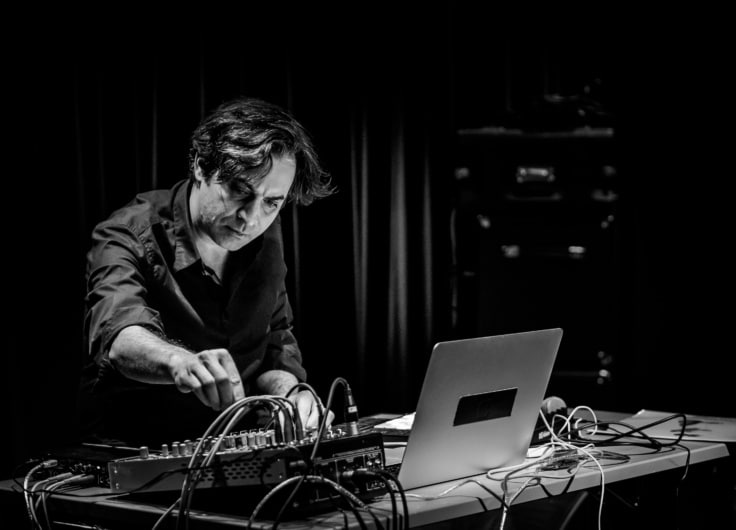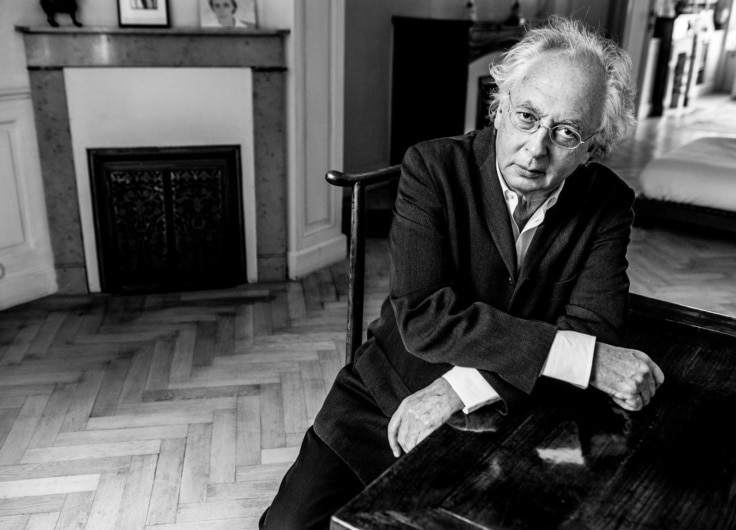Composer Louis Andriessen (1939-2021), the Rebel Who Became an Institution
Composer Louis Andriessen has died. The rebellious Dutchman, who became an internationally renowned institution himself, turned 82. His influence on contemporary classical music is enormous.
17 November 1969. 30-year old Louis Andriessen and a few like-minded souls – they call themselves the Nutcrackers – disrupted a Royal Concertgebouw Orchestra concert in Amsterdam. Sacrilege! The largest and most important classical music institution in the Netherlands, under the leadership of none less than the renowned Bernard Haitink, fell prey to the rebellion of a group of young composers dissatisfied by the symphony orchestra’s conservative programming and wider authoritarian culture policies.
It would be 2013 before Louis Andriessen would compose a symphonic work (Mysteries), commissioned precisely by the Concertgebouw Orchestra. In the meantime, Andriessen composed works for different types of smaller and larger ensembles. He is seen as one of the most important exponents of European minimal music (equal to the American music of Steve Reich and Philip Glass), but his music is far more than simply repetitive or minimalistic. More than anything it is expressive: as rough as possible and as tender as can be. It is also always undeniably recognisable as music by Louis Andriessen.
The Nutcrackers’ message at the end of the 1960s was, apart from being a political statement, predominantly a plea to provide a platform for composers and musicians who were leaving the well-beaten path. A plea for more artistic freedom. Andriessen created this artistic freedom by establishing new ensembles himself, with the musicians he needed to create his ideal sound world. The most well-known and influential of these ensembles is without doubt the Orkest de Volharding, which from 1972 to 2009 was continuously active within new music and created many of Andriessen’s compositions.
A musical family
Louis Andriessen is the best-known member of a large musical family. His father was the composer Hendrik Andriessen, his brother Jurriaan and sister Caecilia also composed, and his sister Heleen was a flautist. These musical surroundings exposed Louis to many different types of music from a young age. His brother Jurriaan lived in America for some time and came home with recordings of jazz music, which no doubt played a role in the musical language that Louis Andriessen would gradually go on to develop. After he had his first composition lessons with his father, Andriessen knew he wanted to become a composer.
In 1957 he went to the Royal Conservatory in The Hague where he became fascinated by the music of the then avant-garde. In 1958, clearly influenced by the work of Pierre Boulez, he composed a serial composition for two pianos. After his time in The Hague, he was given the opportunity to study with Luciano Berio in Milan and Berlin. Back in The Netherlands, he worked together with like-minded individuals including Reinbert de Leeuw, Misha Mengelberg and Peter Schat. In 1972, De Volharding performed his composition of the same name, in which elements of American minimalism and avant-garde work hand in hand.
An individual sound
It was the beginning of an individual and recognisable sound that Andriessen would develop in large scale works such as De Staat (Republic), Hoketus
or De Stijl (Style). Andriessen revelled in having all instruments playing in rhythmic unison, a technique that is driven to the extreme in his 1975 piece Workers Union. This composition intended ‘for any loud-sounding group of instruments’, comprises only a precisely notated rhythm and general indications of rising and falling movements. There are no exact pitches or instrumentation, resulting in a very dissonant but also very coherent sound.
Since the 1980s Andriessen’s music had become increasingly well-known abroad, with performances in the United Kingdom and America. In 1987 he began teaching music theory and composition at Yale University. Four years later he worked with Peter Greenaway for the first time. Their video M is for Man, Music, Mozart is an incomparable combination of image and music commissioned by the BBC. By 1994 Andriessen had become an internationally renowned composer, as evidenced by the focus on his work during the Tanglewood Festival in the US.
Unpolished idiom
Music theatre (and vocal music in general) takes an important place within Louis Andriessen’s oeuvre. In combination with his angular and often unpolished idiom, this delivers a particularly special soundworld, which is difficult to compare with other composers. The style of Philip Glass or other minimalists can momentarily shine through, but Andriessen never lost his recognisable identity. At the same time, he raked in (international) prizes and extensive recognition.
Louis Andriessen also enjoyed a great deal of recognition as a teacher. We find among his students a number of now internationally established composers such as Michel van der Aa and Julia Wolfe. According to his students, he was very strict, but generous and dedicated at the same time – much like his music.








